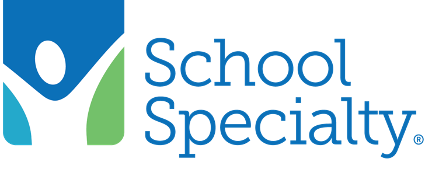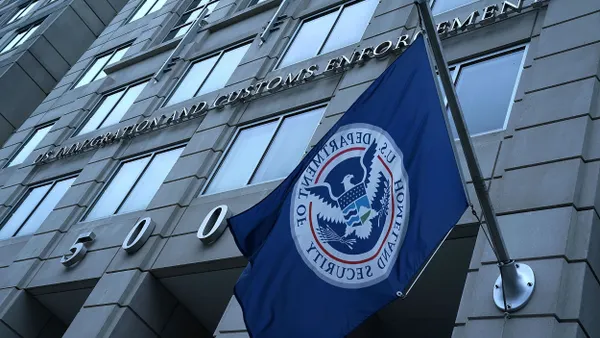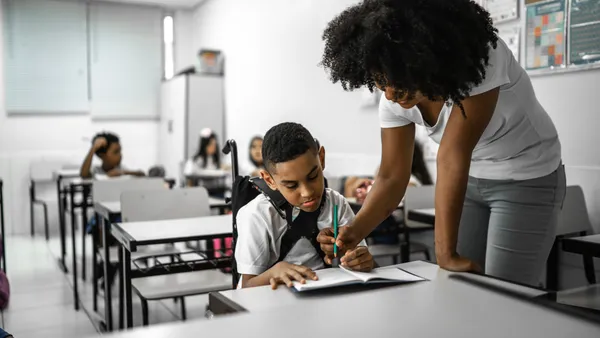Dive Brief:
- Michigan's Montcalm Area Intermediate School District is ending the practice of secluding students, reforming its restraint policies and making other improvements to special education services, according to an agreement between the school system and the U.S. Department of Justice.
- DOJ, in a July 3 statement, said the district "used seclusion and restraint improperly, including using emergency crisis responses as punishment for normal classroom discipline issues," leading to a violation of Title II of the Americans with Disabilities Act. The district, in a June 27 statement, said it had begun taking steps to improve its restraint and seclusion practices prior to the agreement.
- Federal investigations into schools’ restraint and seclusion practices over the past few years have led to reforms across the country as school systems work to balance student safety with their civil rights protections.
Dive Insight:
Montcalm Area ISD is an educational service agency that includes seven local districts, a public school academy and one virtual school. It serves about 12,000 students collectively, including about 1,800 students with disabilities.
DOJ's investigation found that students with disabilities in the district were restrained or secluded more than 2,400 times between the 2020-21 and 2022-23 school years.
Under the agreement, the district will:
- End seclusion for addressing student behaviors.
- Halt the use of school rooms or other facilities for seclusion purposes.
- Appoint a district-level intervention coordinator as a liaison between school principals and the superintendent, among other duties.
- Create classroomwide behavior management plans for all classrooms in the district’s special education program to document consistent and developmentally appropriate rules, routines and techniques.
- Ensure that restraint is only used to protect staff and students and only after all appropriate de-escalation techniques have failed.
- Review whether students who were restrained or secluded are eligible for compensatory services and counseling.
"Students with disabilities should never be discriminated against by experiencing the trauma of seclusion or improper restraint," said Harmeet Dhillon, assistant attorney general of DOJ's Civil Rights Division, in the July 3 statement.
The week before, in a June 27 statement, Katie Flynn, superintendent of Montcalm Area ISD, said the district is "committed to providing a safe, nurturing, and welcoming learning environment."
According to the U.S. Department of Education's Civil Rights Data Collection, about 105,700 public school students were physically restrained, mechanically restrained or placed in seclusion at schools across the country during the 2021-22 school year, the most recent year for which national data is available.
Nationally, students with disabilities are disproportionally restrained and secluded in schools. Although students who qualify for special education services under the Individuals with Disabilities Education Act comprised 14% of the K-12 student enrollment in 2021-22, they represent 28% of students who were mechanically restrained, 68% of those who were secluded, and 76% who were physically restrained, according to the CRDC.
Guidance issued in 2016 by the Education Department emphasizes that schools should never use restraint or seclusion for disciplinary purposes and that the practices should only be used if there is "imminent danger of serious physical harm to self or others."
The guidance also said if a student's behavioral challenges lead to an emergency use of restraint or seclusion, it could be a sign of a disability that is interfering with the student's progress in school, and therefore they should be evaluated to see if they qualify for special education services.
Additional guidance issued earlier this year by the Education Department urged districts to take a more proactive approach to student behaviors by supporting students’ social, emotional, physical and mental health needs through multi-tiered systems of support that provide individualized interventions based on students’ needs for students with and without disabilities.


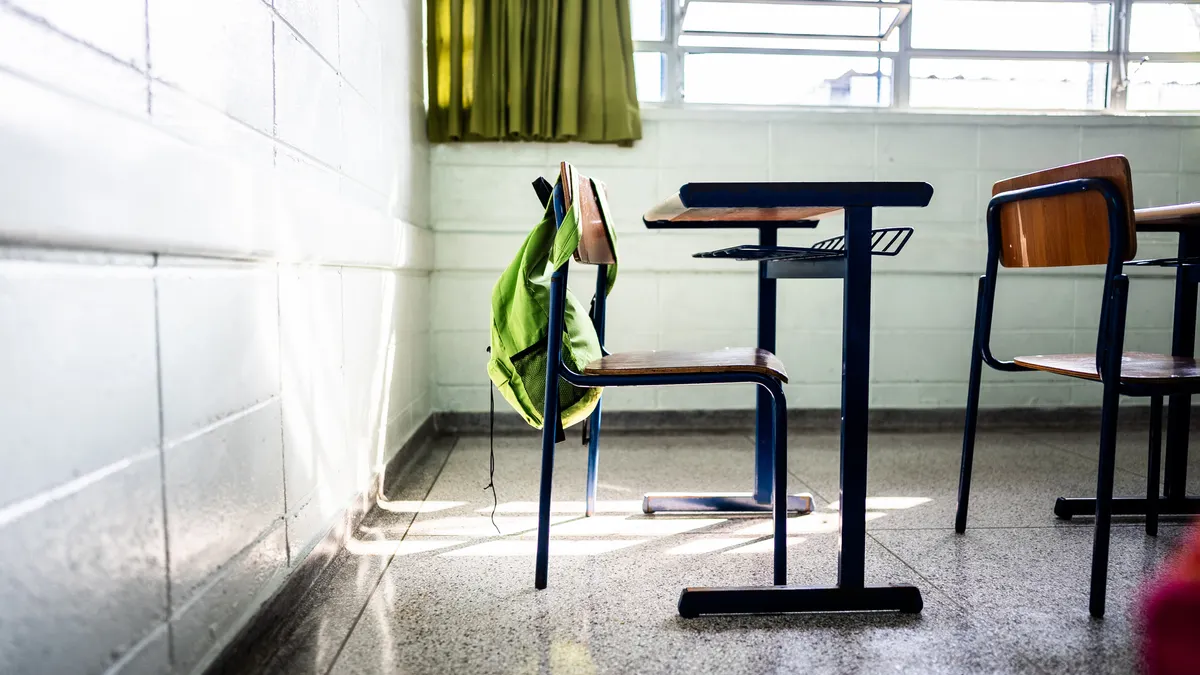

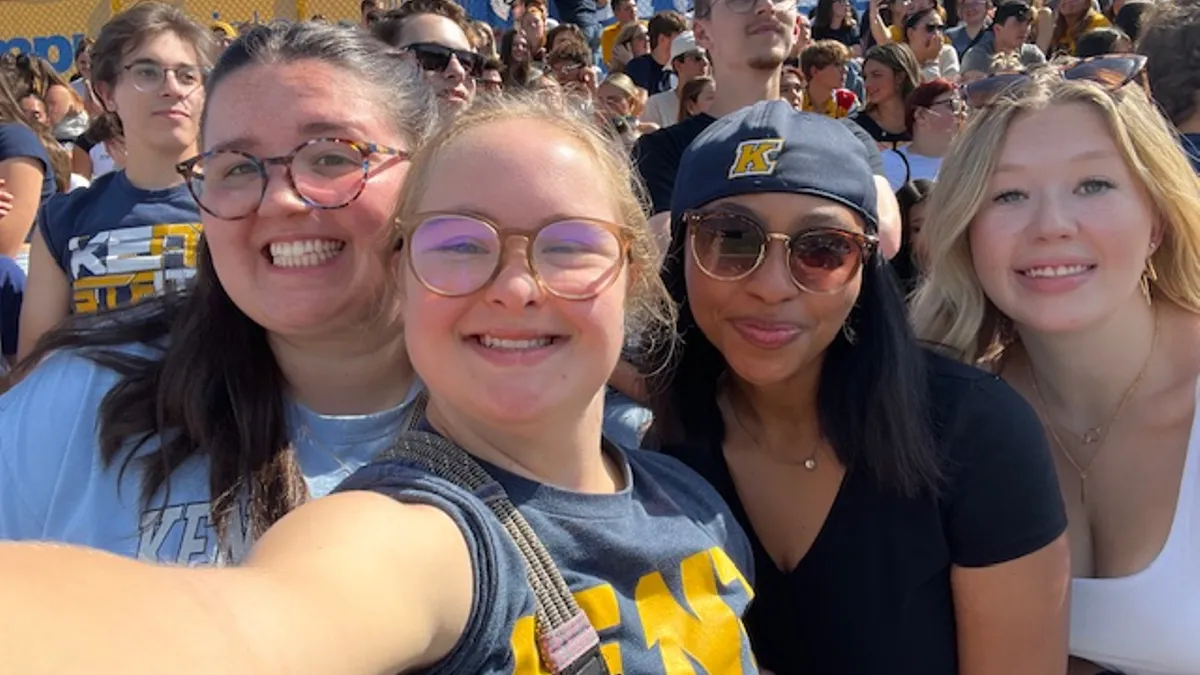


 Dive Awards
Dive Awards
